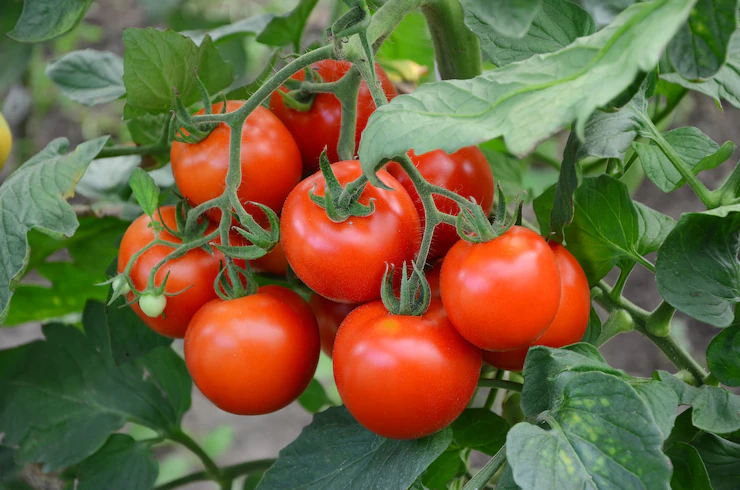When growing tomatoes in South Africa, there are several infections and diseases that you should watch out for. Here are some common ones:
- Bacterial Spot (Xanthomonas vesicatoria):
This disease causes small, water-soaked lesions on leaves, stems, and fruits. It thrives in warm and humid conditions. To prevent bacterial spot, avoid overhead watering, provide good air circulation, and practice crop rotation. - Early Blight (Alternaria solani):
Early blight is a fungal disease that affects the leaves, stems, and fruits of tomato plants. It causes brown lesions with concentric rings on the leaves, leading to defoliation. Remove infected plant debris and practice crop rotation to manage early blight. - Late Blight (Phytophthora infestans):
Late blight is a devastating fungal disease that can quickly destroy tomato plants. It causes dark, water-soaked lesions on leaves, stems, and fruits. It thrives in cool and humid conditions. To prevent late blight, provide good air circulation, avoid overhead watering, and practice crop rotation. - Fusarium Wilt (Fusarium oxysporum f. sp. lycopersici):
Fusarium wilt is a soil-borne fungal disease that causes yellowing, wilting, and death of tomato plants. The lower leaves may exhibit yellowing and wilting first. Practice crop rotation and use resistant tomato varieties to manage fusarium wilt. - Verticillium Wilt (Verticillium dahliae):
Verticillium wilt is another soil-borne fungal disease that affects tomato plants. It causes wilting and yellowing of the lower leaves. The symptoms start on one side of the plant and gradually progress. Practice crop rotation and use resistant varieties to manage verticillium wilt. - Tomato Mosaic Virus (TMV):
TMV is a viral disease that causes mottling, curling, and stunted growth of tomato plants. It can be spread through direct contact or by insects. Control insects and use disease-free seeds to prevent TMV infection. - Tomato Yellow Leaf Curl Virus (TYLCV):
TYLCV is a viral disease transmitted by whiteflies. It causes yellowing, curling, and stunting of tomato plants. Control whiteflies using insecticidal soaps or oils and choose resistant tomato varieties to manage TYLCV.
To minimize the risk of infections and diseases, it is important to maintain good hygiene practices, such as cleaning gardening tools and equipment, practicing crop rotation, providing proper plant spacing, and ensuring proper watering techniques. Additionally, using disease-resistant tomato varieties can significantly reduce the chances of infection. If you observe any symptoms of diseases or infections, it is recommended to consult with a local agricultural extension service or a plant pathology expert for accurate diagnosis and appropriate treatment







